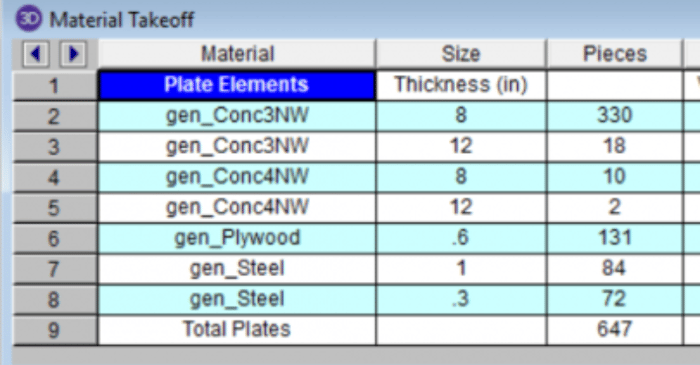
July 12, 2018
Plate Elements Available in Material Takeoff
RISA-3D now includes plate elements in the Material Takeoff.
Powerful Tools Don’t Help If They’re Left Unused Many engineers evaluate analysis software based on core modeling and design checks. But once a demo is over, some of the most impactful features are the ones that quietly save time on real projects — especially mid-size jobs where efficiency matters most. These aren’t advanced edge-case tools. They’re everyday features that often go underused. Diaphragm Forces: See Load Paths Instead of Guessing Diaphragm force output is one of the most valuable — and least leveraged — parts of a full building model. Instead of relying on manual distribution or conservative assumptions, engineers can directly see how loads are flowing to vertical elements. For mid-size structures, this clarity can mean: Fewer overdesigned collectors More confidence in lateral load paths Faster review and revisions when layouts change Batch Results: Review Smarter, Not Longer Batch results allow engineers to review multiple load cases, members, or design checks in a single pass. Instead of hunting through individual reports, patterns become obvious quickly. On mid-size jobs, this speeds up: QA/QC reviews Iterative design changes Comparing “before and after” scenarios It’s not about skipping checks — it’s about seeing the full picture sooner. Design Iteration Speed Is the…
Read More

RISA-3D now includes plate elements in the Material Takeoff.
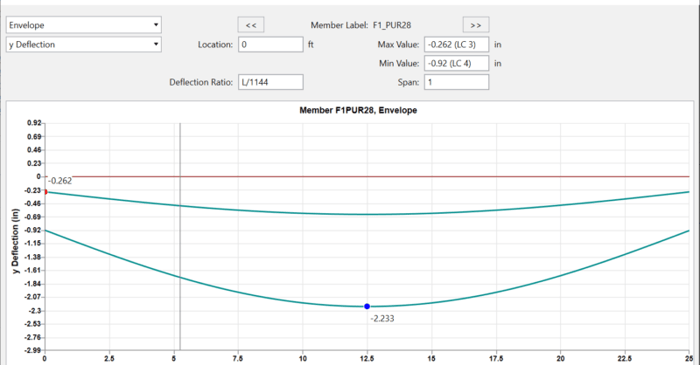
There are many different types deflection values calculated by RISA-3D. Let’s take a deeper dive into each.

RISA-3D v16.0.4 introduces an enhancement that will allow for more control over the beam deflection ratio through Deflection Ratio Options. As part of the member properties, you can now designate the ends of single and multi-span beams as a cantilever or supported. This will determine whether the...
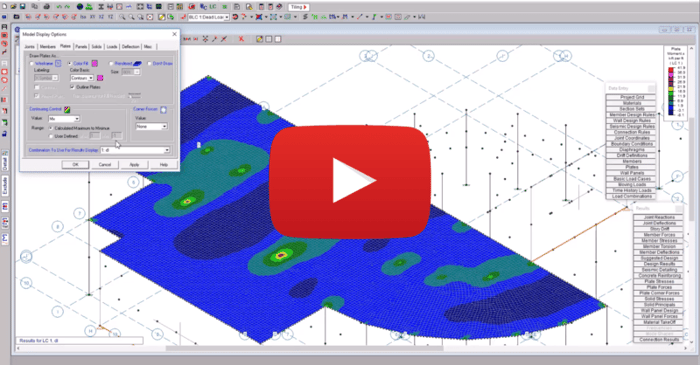
RISA-3D now includes improved behavior of the automesh feature as well as the newly added global model setting for Plate Local Axis. The new plate local axis options include both Nodal and Global. These options allow for more control over plates which can lead to clearer results in plate contour...
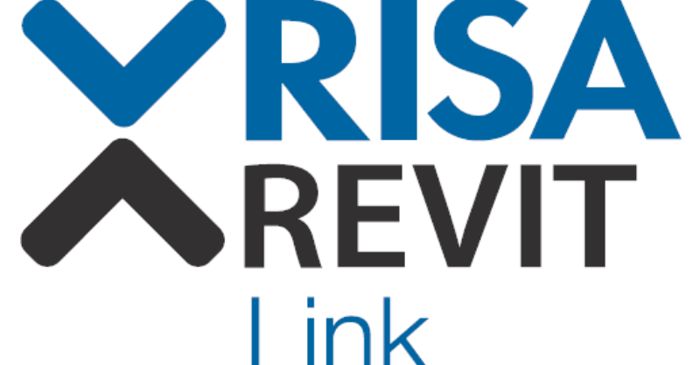
RISA is pleased to announce the release of the latest RISA-Revit Link which is compatible with Revit 2020. The RISA-Revit Link v19.0 allows seamless integration between RISAFloor, RISA-3D, and Autodesk Revit. The latest version now includes the ability to import beam reinforcement details from...
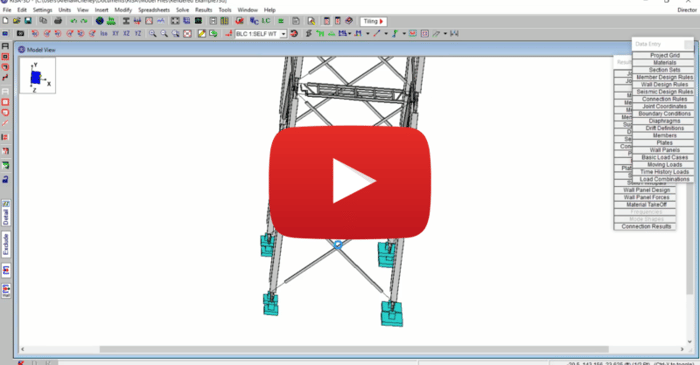
RISA-3D v16 now includes the added ability to view foundations designed in RISAFoundation. This feature proves useful as it gives a way for engineers to see if foundations have been sized appropriately for the loading from RISA-3D. For more information about how foundations can be shown in RISA-3D,...
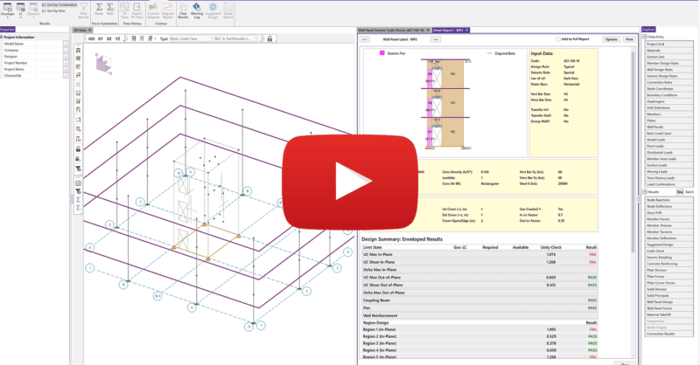
In RISA-3D we now have the ability to design concrete shear walls for seismic forces.

In RISA-3D we now have the ability to:

In RISA-3D, you can define a boundary condition as Fixed (reaction will be calculated) or Fixed, (reaction will NOT be calculated).
Our monthly "Structural Moment" newsletter is the best way to keep up with RISA’s product updates, new releases, new features, training events, webinars and more...